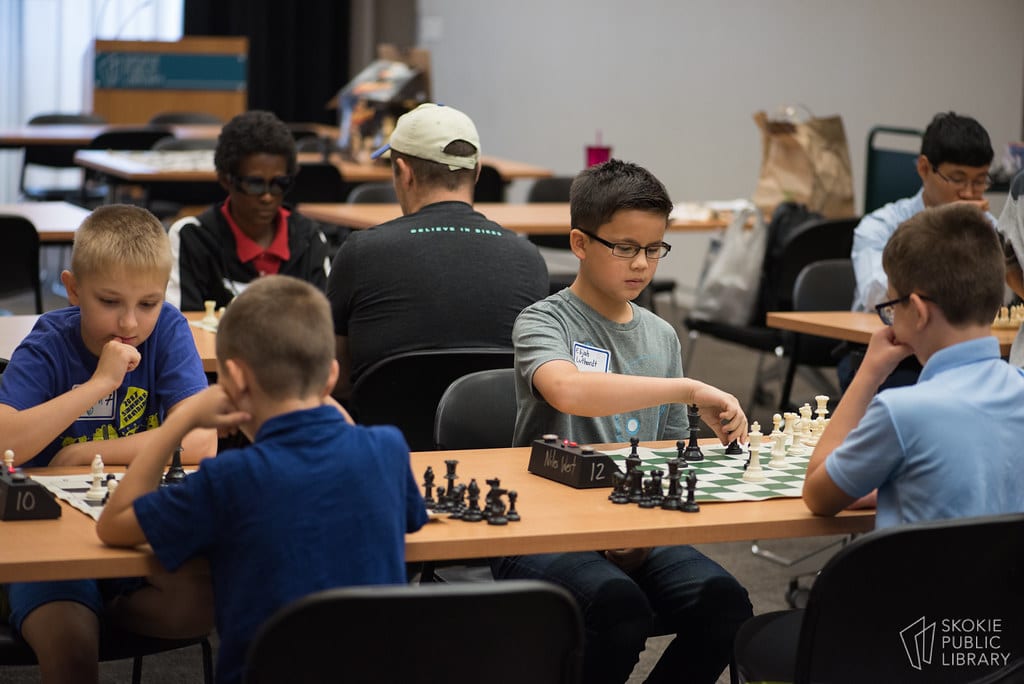Table of Contents
The Hungarian opening
The Hungarian opening is an interesting opening line that starts with a very flexible move for White: 1.g3. This opening is also known as the Benko opening, and it has very good ideas behind it.
It’s called the Benko opening too because Pal Benko used this opening to beat Bobby Fischer and Mikhail Tal in the candidates’ tournament of 1925. It’s a move that is listed as one of the “unusual moves” which is weird because it is the fifth most popular move of the world.
This can give you an idea that is perfectly playable and is actually a good option. However, 90% of the games with the Hungarian opening will transpose into different openings.
This opening refers more to a move order than to a certain variation in particular, so there is no real theory about it. But is still interesting to note some important stuff about it, if masters use it is because something has.
And, there are certain move orders that you can use to confuse your opponents a little, so keep reading! Learn all of the secrets of the Hungarian opening.
Hungarian opening main lines
First, to enter the Hungarian opening we have to play first 1.g3.
Here you can follow in many ways, depending on how black decides to play, or if you want to transpose to your favorite opening. For example, if you want to go into an English you could follow like this:
1.g3 e5 2.c4 Nf6 3.Nc3 d5 4.cxd5 Nxd5 5.Bg2 And here you are, one of the typical variations of the English.
You can also go into a King’s Indian attack, for example:
1.g3 d5 2.Bg2 e5 3.d3 Nf6 4.Nf3 There we go, the KIA on the board.
There are many plans to develop here. The thing is that black also has some influence in the position, more than how he normally would.
The Hungarian opening is an extremely flexible opening that doesn’t say anything about where we are going to our opponent. The problem with that is that it allows black to develop almost in any way he likes.
Different to more aggressive moves like 1.e4, 1.d4. 1.g3 gives black plenty of options, and that could be bad for us. For example, let’s see some games with rare variations of the Hungarian opening:
Sample games with the Hungarian Opening
We are lucky that the chess world champion Magnus Carlsen plays this opening often, and we can learn from him:
Here we see how black chose to play a symmetric position against white’s opening choice. But in general, black could play with a Sicilian approach or even the Caro-Kann defense. For example:
The Hungarian opening for White
White has actually very simple options, the only purpose to play the Hungarian is to keep the position flexible and transposing. We are going to make it easy for white, you can choose: Either you attack kingside by transposing to the king’s Indian attack, or you play the English which is a more positional attack on the queenside.
And you have two good options to choose from to play as white, but you need to know the opening theory of both openings.
We could say you have an extra option: You could play a normal development and simply wait for your opponent to make mistakes. This is a sneakier type of play, but it can be highly effective, just as what Carlsen did in the second game we saw.
The Hungarian opening for black
We can’t give too many suggestions for black, actually, there are many things that black can do. You as black, have to seize the opportunity and develop just as you like, maybe occupying the center that white is not.
However, there are also more options, you can play a king’s Indian defense setup, or maybe with a Sicilian if you like. You have to be aware that most of the time white is going to play with d3 and e4 unless he goes for the English.
You have to know how to respond to any of these openings, if you don’t know, simply occupy the center and play logically.
You may also like:
The Tricky Danish Gambit on Chess!











